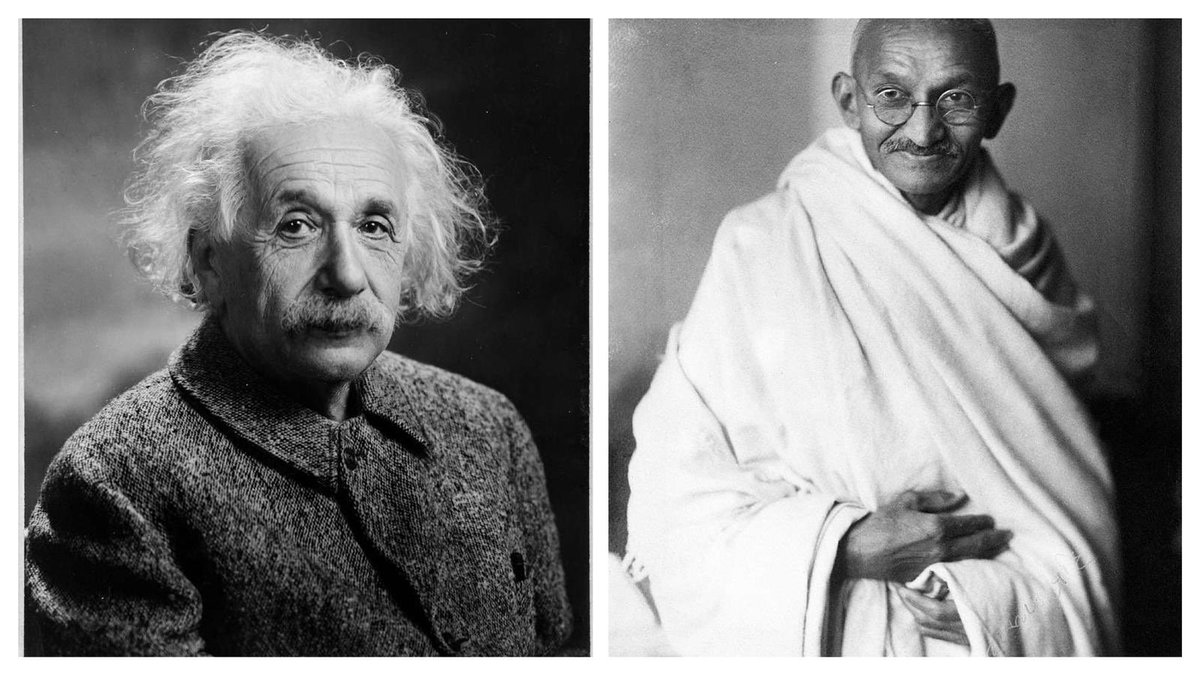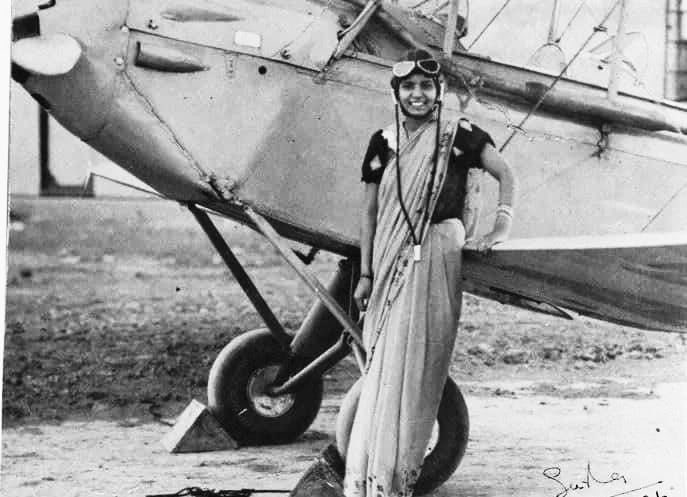
On Albert Einstein’s birth anniversary, let's talk a little about a couple of towering figures of their time and their mutual admiration. Let’s talk about Einstein and Gandhi. (1/n) 

In 1931 Gandhi, then a leading figure of India’s freedom movement had gone to London to attend the round table conference. Seeing the dhoti-clad man with his stick on the streets of Britain’s capital must have been some sight. (2/n)
Gandhi had admirers all over the place, one particularly being a well-known German scientist Albert Einstein who wrote a letter to him dated 27th September 1931. (3/n) 

It was the beginning of a relationship which not just based on just praise and admiration but criticism when it was warranted. One of Einstein’s earliest and everlasting criticisms of Gandhi’s methods was said in an interview in 1935. (5/n)
Gandhi’s ways of non-violence can only be practiced in an ideal situation, it suits the British but may not be enough to fight the Nazis in Germany. (6/n)
On the occasion of Gandhi’s 70th birthday, Einstein made a statement about Gandhi which was published in his anthology, ‘out of my letters’ (1950). (7/n)
In the statement, Einstein explained how Gandhi’s political success was based on his convincing power as a personality, a victorious fighter who always scorned the use of force. (8/n) 

Around 1949 a physics professor from Ambala wrote a letter to Einstein’s asking the rationale of admiring a man like Gandhi who was seen as a man against science, to which Einstein replied. (9/n)
Gandhi’s autobiography is one of the greatest testimonies of human greatness and murdering someone just because he doesn’t share the same opinion cannot ever be justified. (10/n)
Einstein’s admiration of Gandhi lasted till the end of his life. A portrait of Gandhi still hangs in his house today. During a broadcast in 1950 by the United Nations under the title ‘The pursuit of peace’ Einstein said. (11/n) 

Though the two great minds never met face to face the respect and admiration they had for each other is something to cherish and taught as a lesson to future generations. (12/n)
Source Sorkhabi, Rasoul. “Einstein and the Indian Minds: Tagore, Gandhi and Nehru.” Current Science 88, no. 7 (2005): 1187–91. jstor.org/stable/24110549.
• • •
Missing some Tweet in this thread? You can try to
force a refresh
















